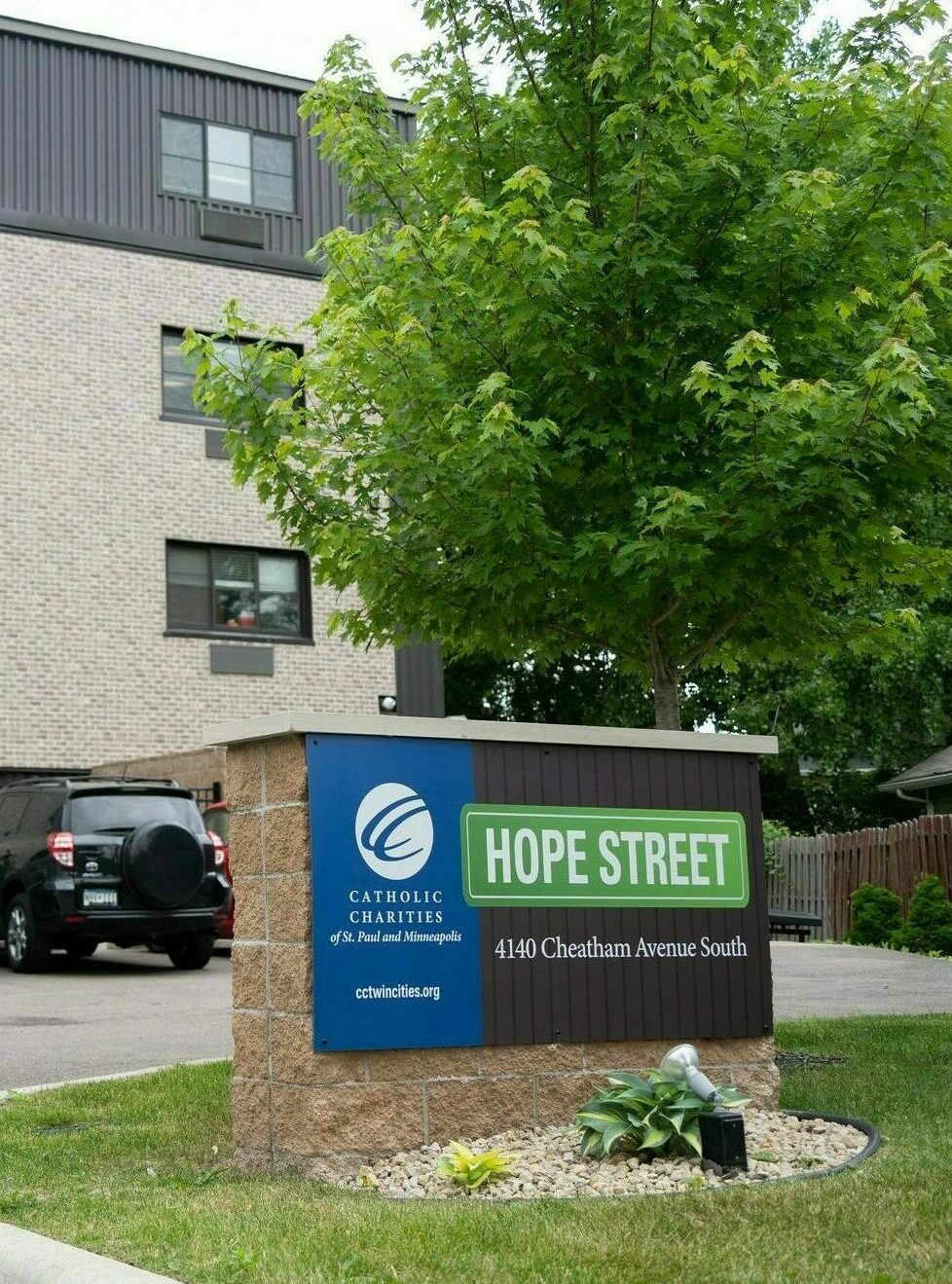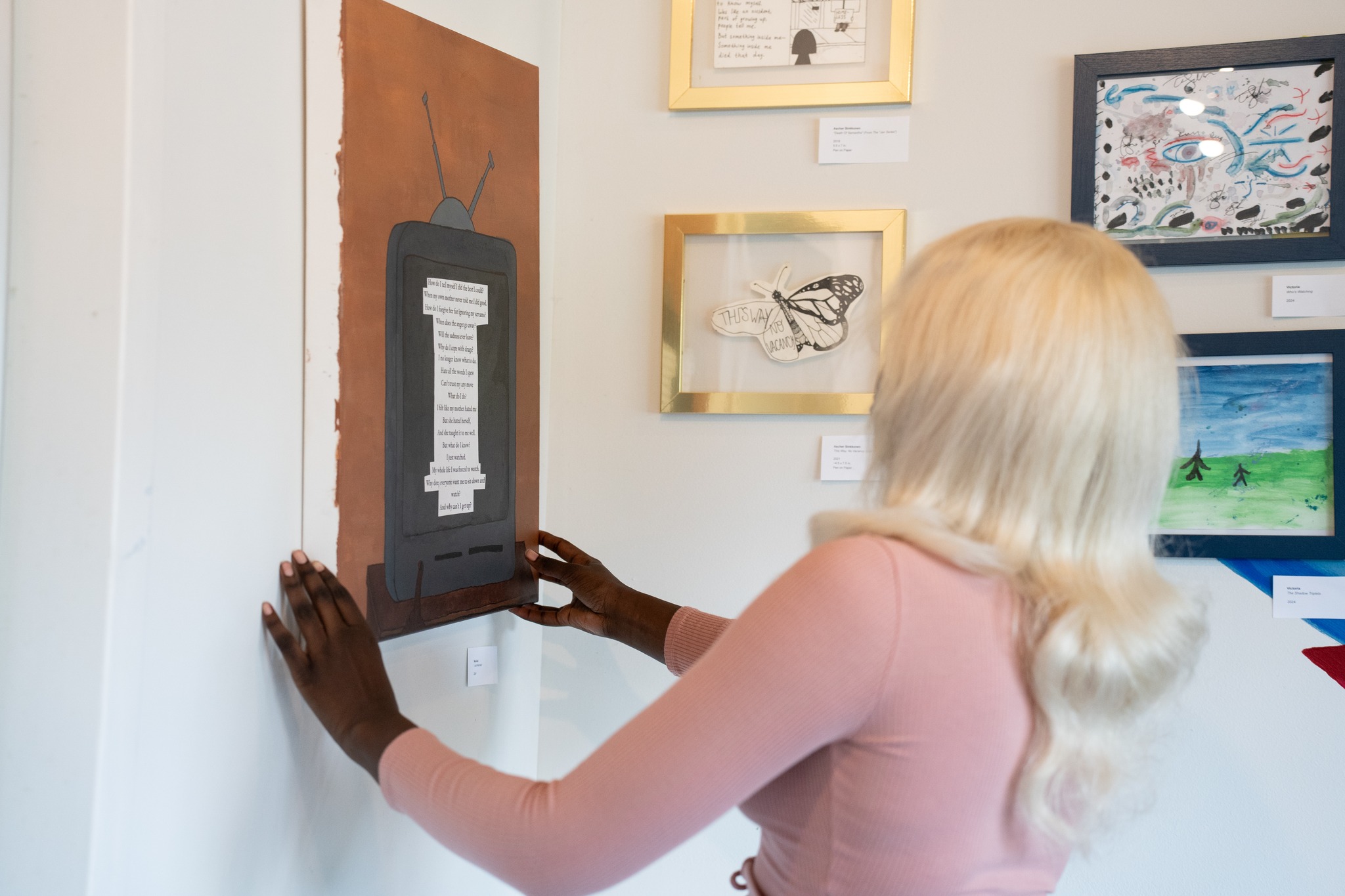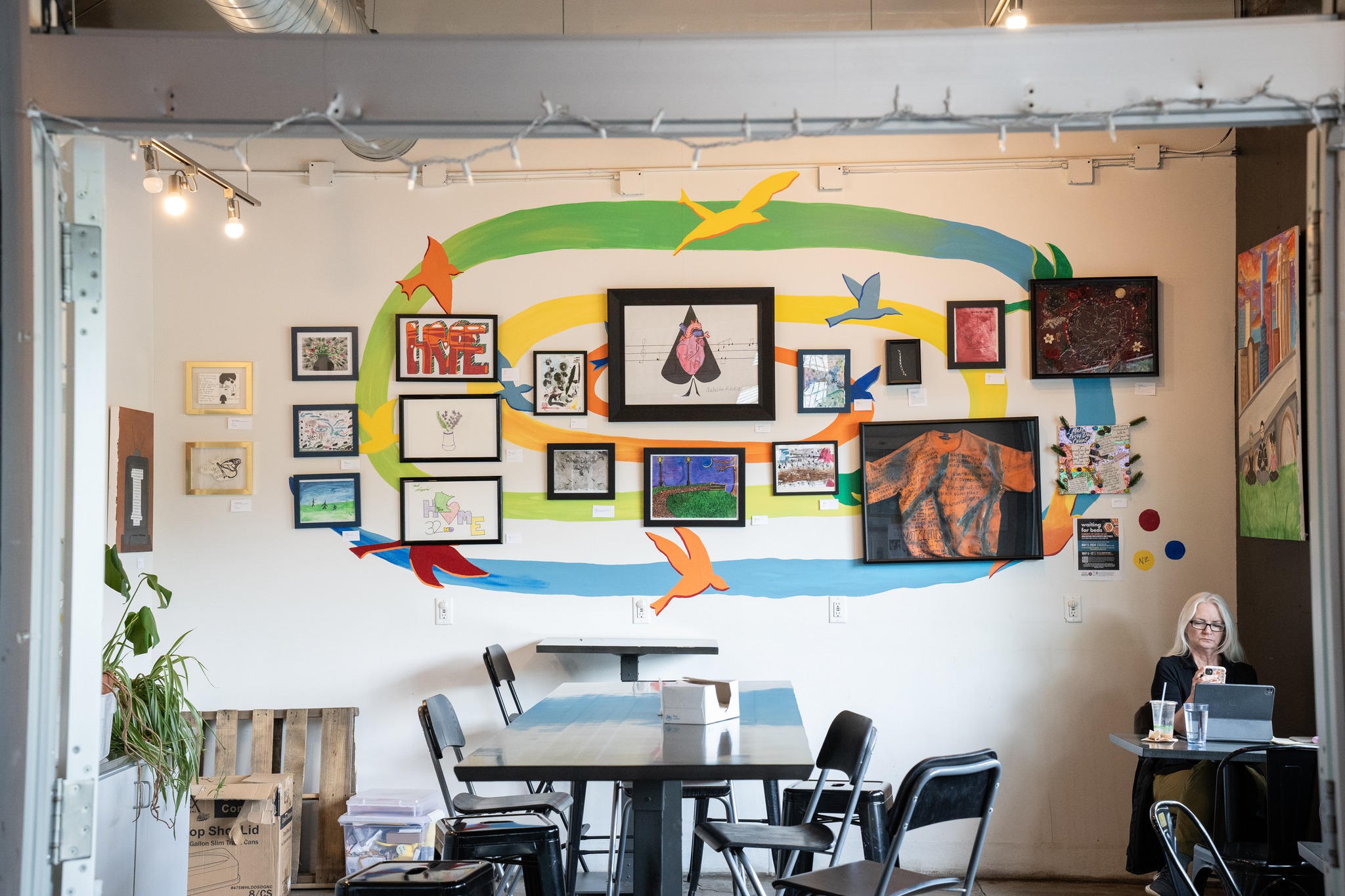An Experience with Youth Homelessness
Nyaluak’s Experience with Youth Homelessness
Nyaluak has always been passionate about expressing herself through art and music. She grew up in southern Minnesota and shares that her home life was often challenging. During those years, she also found that creative outlets served as a way for her to escape difficult situations.
In sixth grade, Nyaluak’s family moved to a suburb of the Twin Cities. After graduating from high school, she was excited to leave home to attend Arizona State University. Nyaluak enjoyed learning new things, as well as the independence she gained in college. However, after just one year at Arizona State, Nyaluak’s financial support fell through, and she was forced to drop out.
How Youth Homelessness Happens
Faced with the prospect of returning to a tough environment at home, Nyaluak did everything she could to find somewhere safe to stay. “I was couch hopping, staying with different friends in Minneapolis for a while, before I eventually had to return to my family’s house,” Nyaluak explained. “It was not a good decision and things got bad there — that’s when I started researching homeless shelters in the area and learned about Hope Street.”
Catholic Charities Hope Street provides shelter for young people, age 18-24, in South Minneapolis and aims to prevent future homelessness. “I decided that I really needed to get support,” said Nyaluak. “Hope Street is where I finally found resources.”
Finding Support at Hope Street for Youth
When Nyaluak first arrived at Hope Street, she was dealing with a lot of thorny emotions. Couch hopping and being on the move had affected her mental health, and she was exhausted. “I had been so many different places trying to get away from what my life was like,” Nyaluak said, “but it was never to actually improve myself – just to escape.”
When Nyaluak moved into her own room at Hope Street, she decided to engage with everything that was offered at the shelter, and she attended every group meeting, craft day, and community event that she could. At one community meeting, local artists Moira Villiard and Carla Hamilton came into Hope Street to talk about their collaborative art project: “Waiting for Beds.”
After hearing Nyaluak’s story, they encouraged her to participate in the exhibition. “I told them I would love to participate,” said Nyaluak, “and it was one of the first decisions I’ve made to better my life.”
“The situation I grew up in was hard, but it made me a stronger person and shaped who I am today,” Nyaluak explained. “Since coming to Hope Street, I’ve been able to let go of the things that were holding me back. I’m in control of my life again.”



Regaining Control and Becoming a Stronger Person
“Waiting for Beds” showed Nyaluak’s multimedia painting — and artwork from nearly a dozen other youth at Hope Street — at three different galleries across the Twin Cities.
Shortly after the exhibition, Nyaluak’s Hope Street case manager connected her to a job. After interviewing, Nyaluak was proud to land the job. She continues to create art in her free time after work. And her next goal is to go back to school for music education or music therapy.
“The situation I grew up in was hard, but it made me a stronger person and shaped who I am today,” Nyaluak explained. “Since coming to Hope Street, I’ve been able to let go of the things that were holding me back. I’m in control of my life again.”
Recently, Nyaluak moved out of Hope Street and into her own apartment in Minneapolis.
